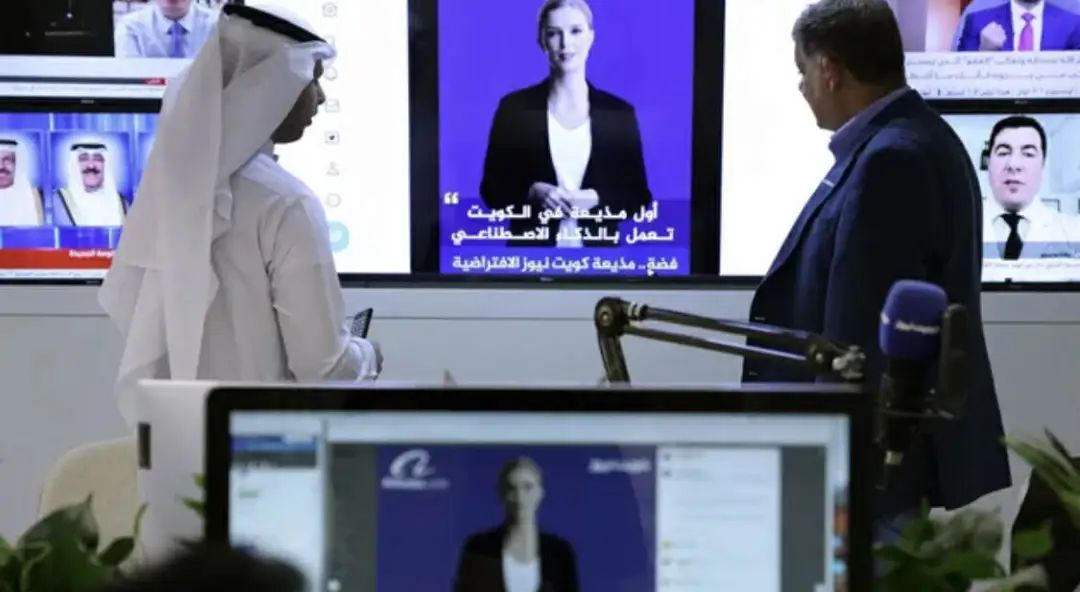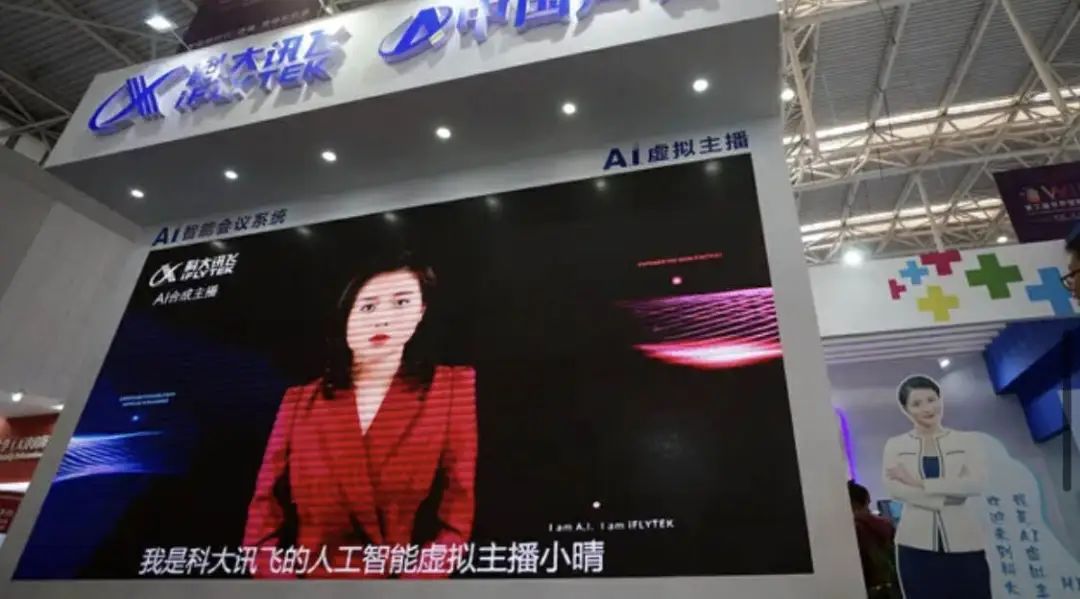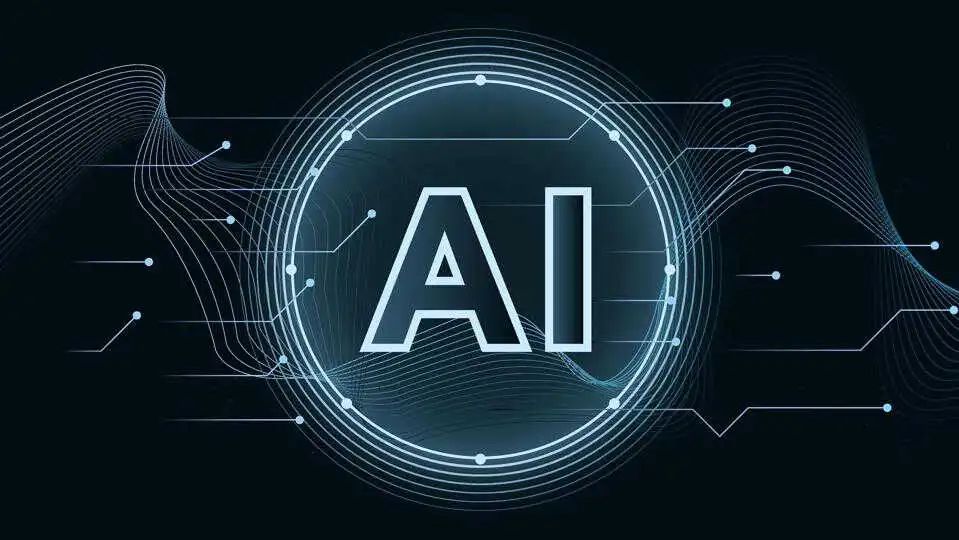The ability to truly find events with news value and report on them is also one of the challenges that AI may face.
Written by: Getty Images
Translated by: MetaverseHub
A startup is developing a news service hosted by AI presenters, which may disrupt the relationship between television viewers and screen anchors that has existed for decades.
These scenes will not look out of place on many news channels around the world.
A video posted on social media shows various carefully crafted news anchors standing in front of the camera, reporting the day's news over a 22-minute period. However, they are not real, but generated by AI.
The video was produced by Channel 1, a company based in Los Angeles founded by entrepreneurs Adam Mosam and Scott Zabielski, who plan to launch AI-generated news on streaming video channels later this year.
Mosam said, "Using AI to tailor content for individuals seems to present an interesting opportunity to enhance the news user experience."

AI technology can also translate scripts and interview content from one language to another, as demonstrated in a promotional video shared by Channel 1 in December.
Channel 1 is the latest demonstration of AI news presenters globally. In Kuwait, an AI character named "Fedha" reports headlines for "Kuwait News".
In May 2023, the Greek National Broadcasting Corporation ERT used AI-generated deep virtual human Hermes for news broadcasting; the South Korean SBS Broadcasting Corporation will hand over five months of news reporting to AI-generated character Zae-In this year; similar applications also exist in India and Taiwan.
But a key question remains unanswered: Will the audience trust AI to deliver the news instead of humans?
According to a survey by the polling company Ipsos, people's trust in news presenters has reached a historic low.
Only 42% of people in the UK trust television news presenters, a decrease of 16 percentage points within a year. Doubting the truthfulness of news presenters is an unusual modern phenomenon, with many people choosing to get news from individual creators or online bloggers.
The connection between these social media influencers and their audience is referred to as "parasocial influence".
The concept of parasocial relationships was first proposed by scholars at the University of Chicago in the 1950s. Its definition is that viewers of evening news programs believe that the anchor standing behind the desk is speaking directly to them through the camera. News presenters are no longer just reporters delivering news, but friends of the audience who accompany them in their living rooms every night.
Influential social media personalities have also adopted this direct facing-the-camera format and have achieved great success by connecting with the audience through personal charm.
Christine H Tran, a researcher at the University of Toronto studying digital platforms and labor, said, "Interestingly, the label of 'parasocial' has evolved from describing the sense of closeness to remote news presenters to something more general."
"You can establish a parasocial relationship with a journalist or news Twitch host, just as you can with YouTube celebrities, singers, or a couple on Instagram."
But it's not so certain whether AI can replicate personal connections. Mosam admitted, "The connection with AI will never be the same as with another person."
However, Mosam also stated, "We are developing AI news broadcasting services not because we believe that robots do a better job than humans, which is absurd."

The idea of journalists not watching the news is not uncommon, even if the news is computer-generated.
Nic Newman, Senior Research Associate at the Reuters Institute for the Study of Journalism at the University of Oxford and former editor at the BBC, said, "When I first started in journalism, the news was delivered by actors, and people were somewhat accepting of it."
Newman believes that journalists do not always read the news, which means that this experiment is likely to succeed. However, it also has limitations and is only useful for short news briefs.
But Newman also expressed uncertainty about whether the audience would accept the relationship with AI presenters. After all, humanity is still very important for news programs.
This is also a point of uncertainty for Tran. "If the broadcast of AI characters is accurately labeled as 'AI content' and the audience knows that there is no personal life behind the screen, will they be inspired by the same parasociality?"
"It depends on whether the platform hosting the AI presenters will label their content as AI, as some platforms like Instagram do."
Channel 1 and NewsGPT claim to be the world's first fully AI-generated news channels, but perhaps another question needs to be answered: Is it possible to completely eliminate human involvement?
Currently, Channel 1 has nearly ten staff members responsible for reviewing the AI-generated scripts and selecting the news to be reported.
Mosam stated that Channel 1 goes through 13 steps before each report is aired to ensure that some issues related to AI generation are not broadcast. This includes "pseudo-facts," where AI tools fabricate content, which is clearly a taboo in the news industry. The company behind it is preparing to hire a chief editor early next year.

Mosam and Newman believe that another challenge AI may face is the ability to truly find events with news value and report on them. Channel 1's test programs largely rely on stories and footage discovered by human journalists.
Newman said, "If there were no news sources, or if these sources were cut off, I really can't imagine how AI would find events with news value. Without these raw materials, AI would be completely at a loss."
Mosam believes, "Some elements of the reporting process can be completed by AI, but others cannot."
He said, "You can never effectively gather intelligence between people, nor can you conduct effective interviews between people. But I can drive a drone and analyze everything I see."
Channel 1's current plan does not involve completely AI-driven news gathering without human involvement.
免责声明:本文章仅代表作者个人观点,不代表本平台的立场和观点。本文章仅供信息分享,不构成对任何人的任何投资建议。用户与作者之间的任何争议,与本平台无关。如网页中刊载的文章或图片涉及侵权,请提供相关的权利证明和身份证明发送邮件到support@aicoin.com,本平台相关工作人员将会进行核查。




